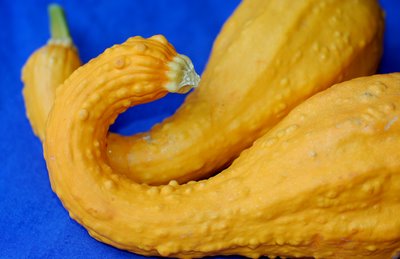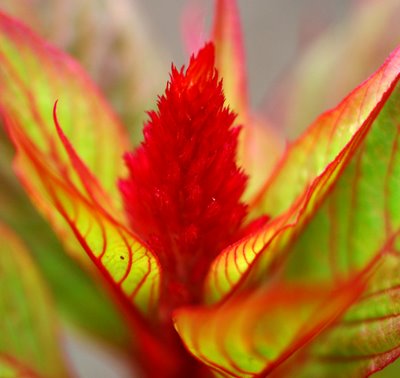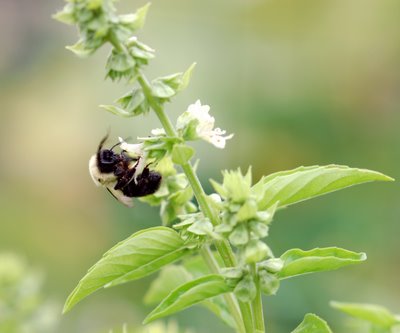On Vacation

I am experiencing a serious case of Reisefieber (travel fever) today, as I am about to embark on a much-anticipated vacation. I'll be away for a few weeks, and I won't be blogging at all during that time. I won't have Internet access, and that's actually a good thing. Traveling, for me, is all about breaking away from the routine and soaking up everything that is new and different.
While I'm away, the garden will continue to settle into its rhythm for the cooler months. In the ground right now, my fall plantings are coming along fairly well. I have French breakfast radishes and a two rows of healthy-looking carrots.

I planted some Red Russian Kale for the first time. I like its purple stems and the interesting shape of its leaves.

This is also the first time I've planted arugula. I'll have to get out to the plot today and pick some, since I know it will probably be too big (and too bitter) by the time I get back.

Also in the ground, I have Purple Top White Globe Turnips. These I like to grow because they are just so beautiful. I wasn't crazy about their taste when I tried them last year, but I think that's only because I hadn't found a good way to prepare them. But I am willing to give them another try. (Hint, hint: Please tell me about your favorite turnip recipes!)
 I also have a few red onions that were given to us by our friend Juan, and white ones from our plot neighbor, Albertino.
I also have a few red onions that were given to us by our friend Juan, and white ones from our plot neighbor, Albertino. In the herbs category, I have a fresh crop of dill. And yesterday I harvested another handful of sage. Both will make great additions to steaming bowls of hot soup on chilly days.
In the herbs category, I have a fresh crop of dill. And yesterday I harvested another handful of sage. Both will make great additions to steaming bowls of hot soup on chilly days.

And then there are the strugglers: Bok choy with a lot of ants on it at the moment...
 And a gigantic Brussels sprouts plant that is really having a difficult time setting out sprouts.
And a gigantic Brussels sprouts plant that is really having a difficult time setting out sprouts.
So there they are, my cool-season crops. I predict one of two things will happen while I'm away: They will grow like crazy and I'll have a cornucopia of things to harvest when I get back, or it will have been too hot, too cold, or too wet/dry and there won't be much at all -- except weeds. I predict lots of weeds in any case.
Please visit again for all the updates. I'll be landing back in the blogosphere sometime on or around October 22. Until then... Ciao!




































